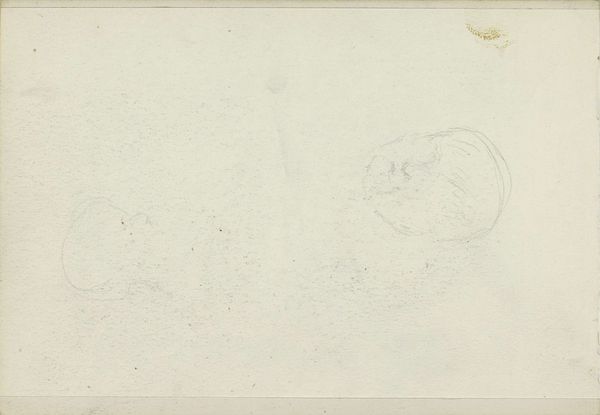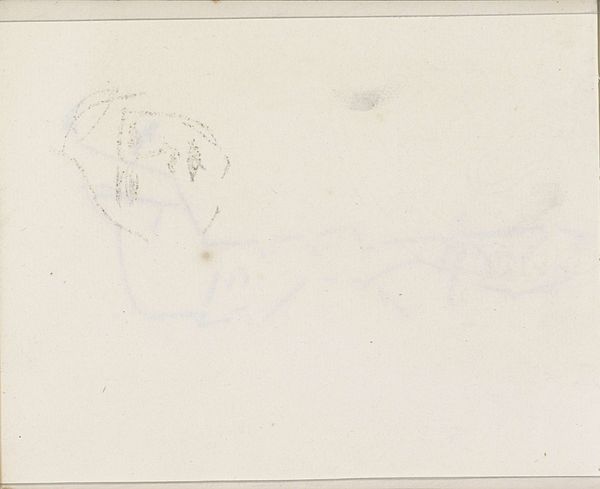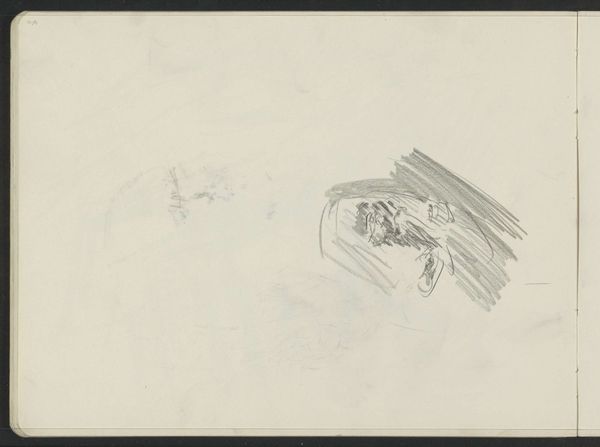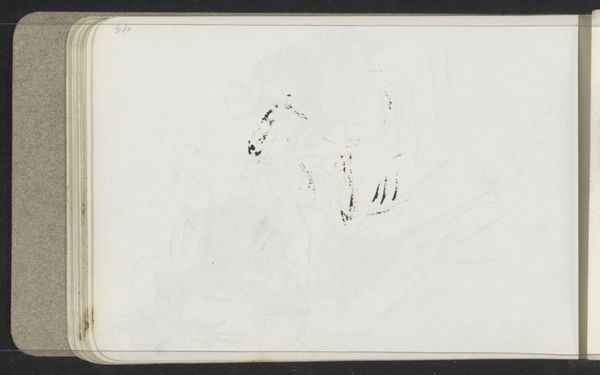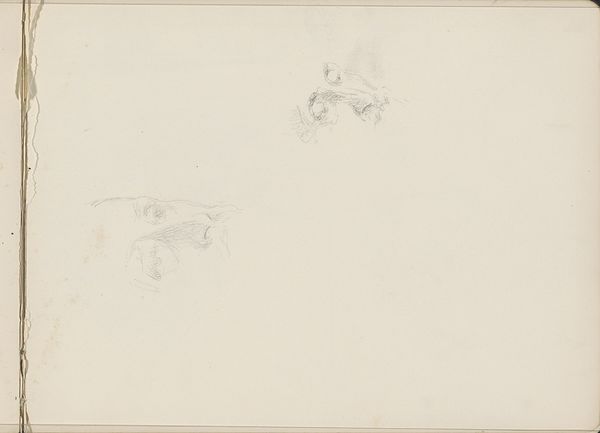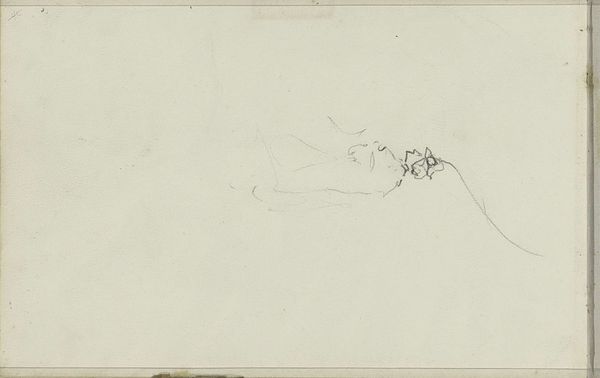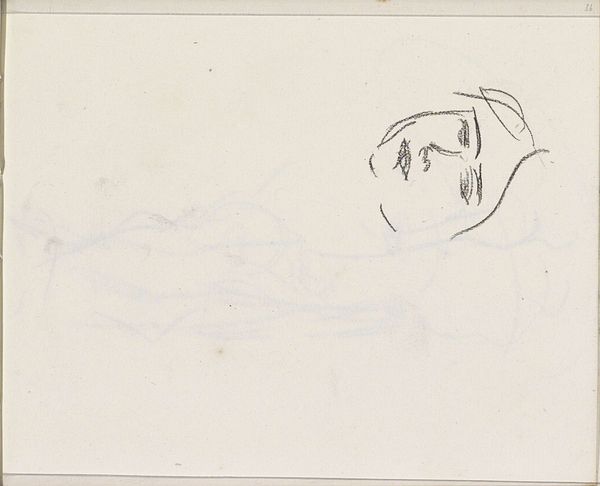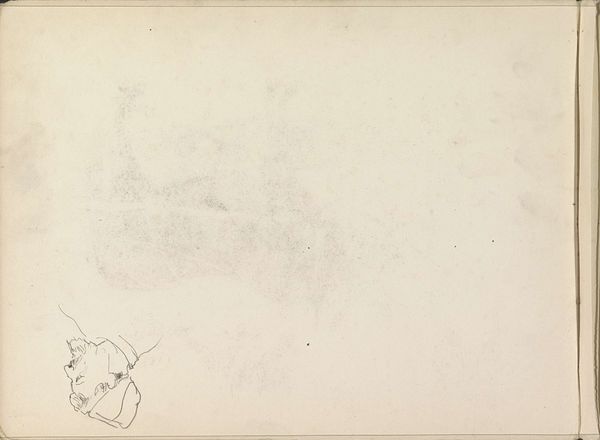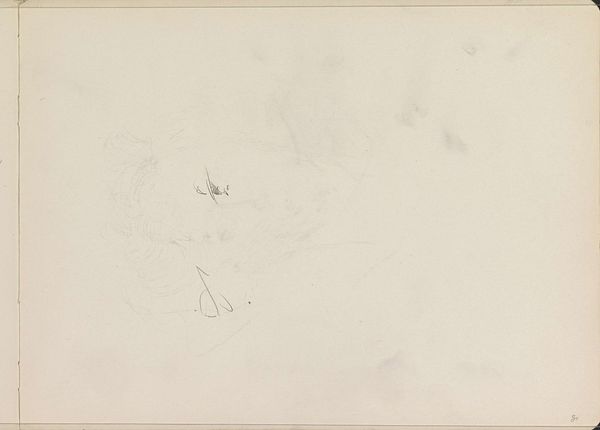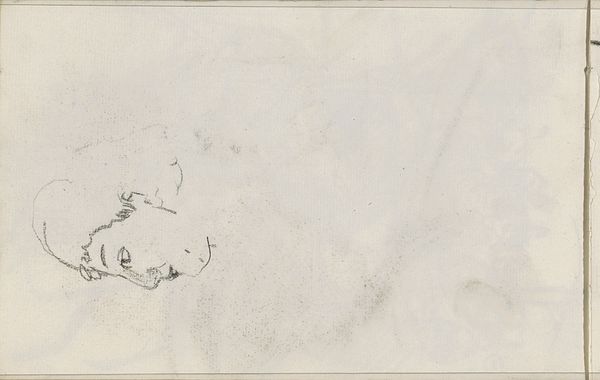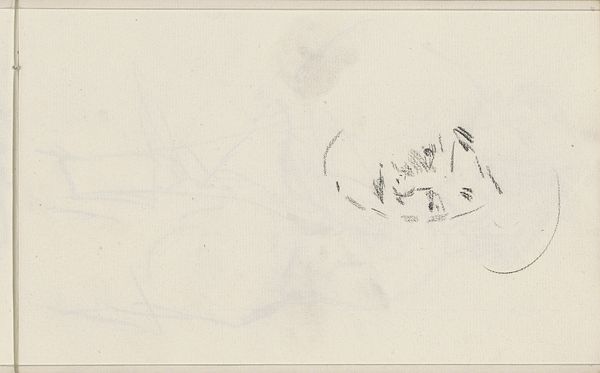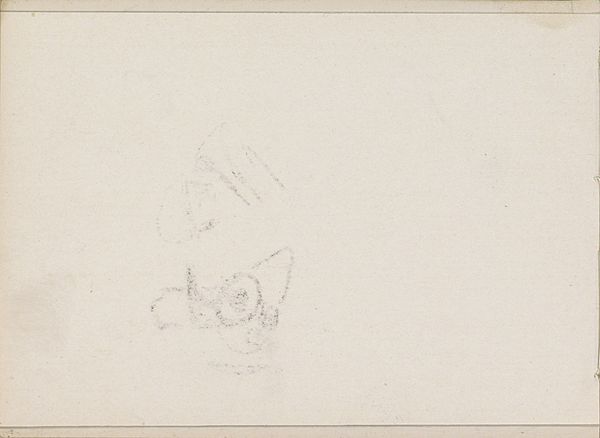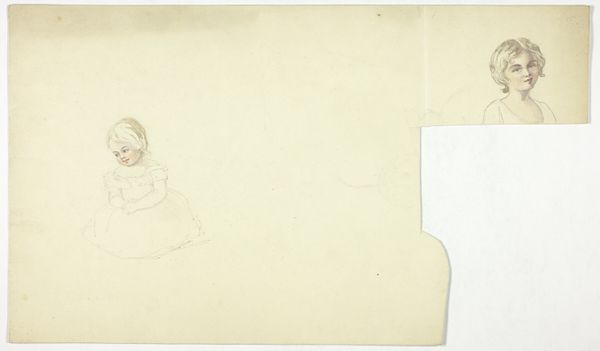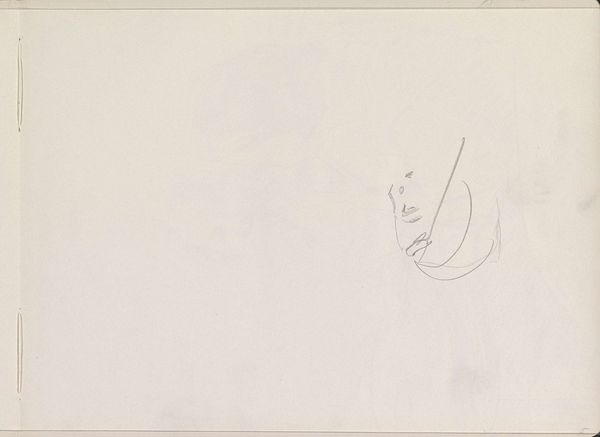
Copyright: Rijks Museum: Open Domain
Editor: Here we have Isaac Israels' "Gezicht van een vrouw," made sometime between 1875 and 1934. It's a pencil drawing, a quick sketch really. The incompleteness is striking. What narratives do you see embedded in this seemingly simple image? Curator: That incompleteness is key. We have to consider Israels' social milieu, his engagement with portraying modern life, particularly women. These fragmented sketches weren't just technical exercises, they were observations of women navigating a rapidly changing society. The question I often ask is, who was the woman he sketched? Editor: An interesting question, is she part of the upper class, or perhaps one of the working class women? Curator: Exactly! And what does it mean that he captured her image so fleetingly? Was she a subject or an object of the male gaze? Remember, this was a period of intense social and political upheaval, with women fighting for suffrage and challenging traditional gender roles. Israels' work reflects those tensions, even if subtly. The lack of finish can also be seen as resistance against traditional expectations. Editor: So, it's almost a political statement by not being a formal portrait? Curator: It's a suggestion that maybe the lives of these women can’t easily be represented, not in its entirety at least. This challenges our notion of completion, and how historical events impact individual agency. Consider that what may look like unfinished sketches are potentially statements on a period of unrest. Editor: I never considered it that way, viewing it within the cultural dynamics of his time. It makes you wonder what her story could have been! Curator: Absolutely, it is an active space. Each glance reveals potential and invites new discussions, about our own histories and social dynamics.
Comments
No comments
Be the first to comment and join the conversation on the ultimate creative platform.
